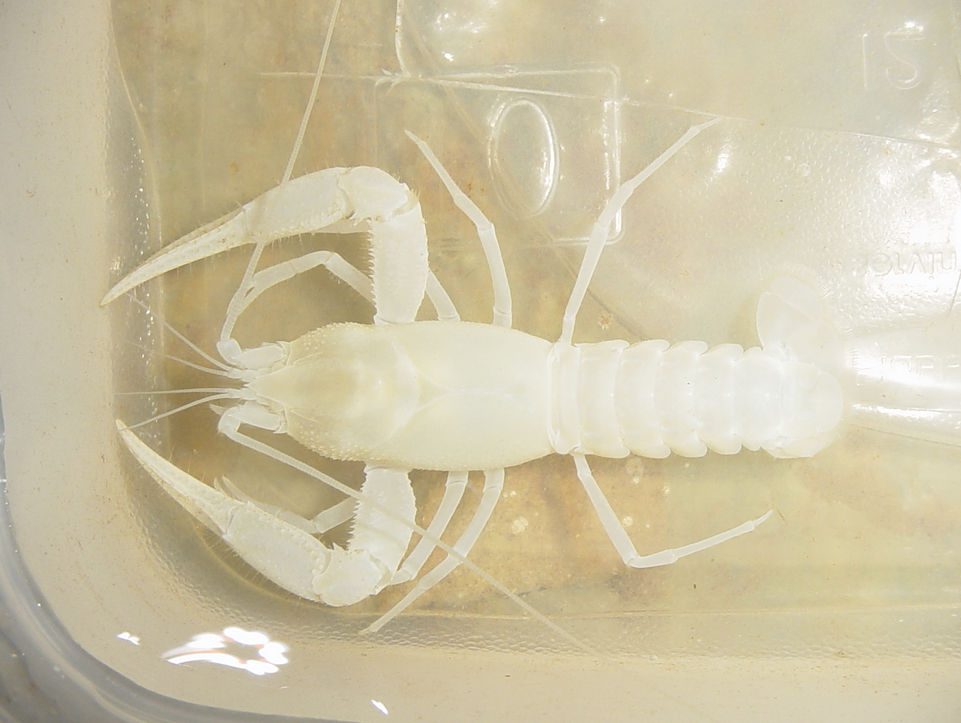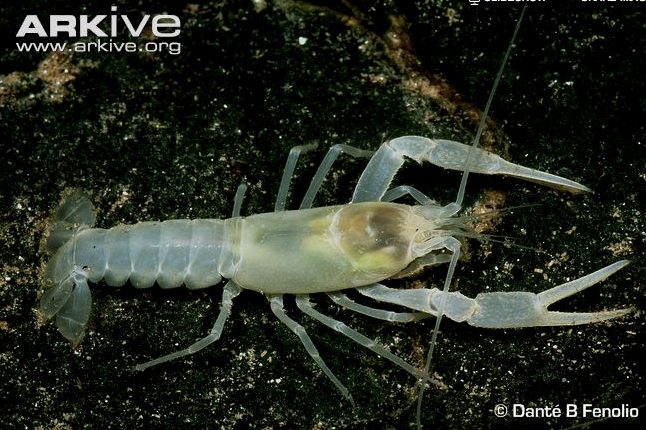Adaptation
There are different forms of crayfish in the Cambarus genera for its species. “Form I and form II” are the terms that are used for both male and female crayfish to describe their reproductive form alternations. What separates these forms are different morphological features, mainly chelae and pleon. For the female, form I has longer chelae, wider pleon, and are heavier than those that are form II. The wider pleon provided more space for the eggs to attach for those reproductive individuals in form I. The more dominant of the forms are usually those that are in form I because of the longer chelae. They are usually more successful in social encounters as well since both forms coexist in populations at some points throughout the year (Jones, 2011).
For the males, life is very similar for the relationship between form I
and form II. The form I crayfish were much larger, which in-turn led to
being the more dominant form. This helped the form I males become much
more successful than the form II individuals in terms of sexual
encounters with the female crayfish. The form I individuals also show
much more aggression (Jones, 2011).

During
mating season, the levels of aggression for form I highly
increase. This happens because of the amount of fighting that goes on
between individuals that are competing for a female. Within both of the
forms, the males will establish a dominant-subordinate relationship with
other individuals. Form II males took less time to establish these
relationships than form I (Tierney, 2008).
There are different times during the year when crayfish molt. They will
only molt between the months of March and November. The crayfish need a
certain amount of energy reserves to create a new molt. It takes a
different amount of energy to change for the different forms. There are
3 different types of molts: form I to II, form I to I, and form II to I.
If the crayfish does not have enough energy reserves for a molt during
its molting season, it will wait until the next molting season when it
has enough energy reserves to create a new molt. Form I to II occurs in
a very small period of time, which is during the months of October and
November. This is after the
breeding season, which takes place during in
the summer and early fall, and the crayfish would change from a breeding
form to a non-breeding form (Guiasu, 2001).
Form II to I breeding happens at very distinct times of the year. It
would occur in either early to mid-summer or in September. This would be
so the form I reproductive males would stay reproductive during the
breeding season (Guiasu, 2001).
Form I to I is very unusual to see. The crayfish would molt and not
change its form at all. It has only been observed once, in the species
Fallicambarus fodiens (cf. Guiasu, pers. obs.). This was observed and
recorded in a laboratory (Guiasu, 2001).
In terms of claw length, the form II to I claw length change was an
increase. This leads to a greater energy investment for the crayfish
molting from form II to I (Guiasu, 2001).
Juvenile crayfish have the ability to molt more often than the adult
crayfish. They have a much less restricted molting cycle during the year
which gives them more freedom to molt, when they do.
